Ghost kitchens are here to stay. With the covid pandemic, ghost/cloud/virtual kitchens as they’re known, are the hottest restaurant concept as we enter a post-pandemic world. In this article, we address the concept of ghost vs cloud vs virtual kitchens, why they’ve become so popular, and most importantly how to market this new concept.
The restaurant delivery industry has exploded in popularity over the previous few years. The rise of the food pickup and delivery segments indicated that they are here to stay when the COVID-19 epidemic struck. With the rise in demand for meal delivery, a new concept in the food sector emerged: ghost kitchens.
Ghost kitchens are restaurants that operate without a full staff. They’re often located in strip malls or other commercial areas where there isn’t enough foot traffic to support a full restaurant. The owners of these businesses hope that by opening a ghost kitchen, they will attract customers who would otherwise patronize another establishment.
Ghost Kitchen vs Virtual Kitchen vs Cloud Kitchen
According to The Conversation ghost kitchens are food prep operations without any waiters, dining area, or parking lot. In essence, they are physical spaces for restaurateurs to create food for off-premises consumption. Ghost kitchens operate out of rented spaces and may have several virtual concepts or virtual restaurants that operate out of it.
Virtual kitchens are also commonly known as “ghost kitchens,” in which a restaurant offers no dine-in options for visitors, and operates as delivery. Customers place their order via the restaurant’s website, app or phone, or through a third-party delivery app such as GrubHub or Uber Eats. Unlike a ghost kitchen, virtual kitchens have an existing location and use their own kitchen to create new delivery-only menus.
Like ghost kitchens and virtual kitchens, cloud kitchens function similarly, but the main difference is the number of brands or restaurants operating in the same outlet. In a cloud kitchen, there are more than one restaurant operating and the owner could be the same person or different people.
There is a bit of ambiguity of what these terms mean, as there are technical differences between each kitchen concept, but one thing is common in that all these three types are delivery-only concepts that use a food preparation facility to operate virtual restaurants without a typical storefront of a traditional restaurant.
What are the advantages of having a ghost kitchen?
It is without a doubt that ghost kitchens are becoming so popular today become of the advantages they offer over traditional restaurants. Her are a few advantages of having a ghost kitchen:
- Lower cost of rent
- Lower overhead costs
- Optimized space and human resources
- Operate multiple concepts from one location
- Creates additional revenue stream
- Lean approach to expanding brand presence
There are several reasons why restaurants need ghost kitchens. One reason is that they offer an opportunity to expand into new markets.
A second reason is that they allow restaurants to save money. By operating a ghost kitchen, a business owner can reduce overhead costs, such as rent, utilities, and employee salaries.
The Basics of a Ghost Kitchen
In addition to saving money, ghost kitchens also provide other benefits. They allow restaurants to serve customers who might not otherwise visit them. This means that a restaurant can attract more customers, which leads to increased sales.
Another benefit is that ghost kitchens help restaurants build brand awareness. Customers will see that the restaurant has a ghost kitchen, which makes them feel comfortable visiting the establishment.
Designing a Ghost Kitchen
A ghost kitchen is an area where food preparation takes place without any customers present. It allows restaurants to save money by reducing labor costs and allowing them to focus on serving guests.
However, there are some things to consider when designing a ghost kitchen. First, make sure that the space is well lit so that employees can easily work. Second, ensure that the kitchen is clean and free of clutter. Finally, make sure that the kitchen is properly ventilated.
How to Build a Ghost Kitchen?
A ghost kitchen is a restaurant where food preparation takes place in an area separate from the dining room. This allows chefs to prepare meals without having to worry about how the food tastes when served to guests. It also gives them the opportunity to experiment with different recipes and menu items.
How to Market a Ghost Kitchen?
Great food is not enough for the success formula of a ghost kitchen’s virtual concept. Virtual concepts that operate out of ghost kitchens do not have a brick and mortar location. So they rely very heavily on having a strong digital presence, to increase brand awareness, visibility and ultimately drive sales. There are several key digital components that determine the success of a ghost kitchen concept.
Here are 5 ways to market your ghost kitchen:
1. Top-notch, fully functional website with online ordering and killer food photography:
The website is the storefront. That is why ghost kitchens need to have a top-notch web design with compelling food photos that represents the brand and fully functional ordering and marketing enabled.
While some ghost kitchen operators go the easy route of using 3rd party delivery platforms, these come with a hefty cost. Over the years, even traditional restaurants have learned to steer their businesses away from third-party online ordering platforms and build their own online ordering capabilities. A well-designed website that is rich in content, mobile-friendly and has seamless online ordering links is pivotal to the success of a ghost kitchen concept.
With the website and social media channels being front and center of the marketing strategy, high-quality food photographs are key to converting online visitors into customers. Therefore, a collective of creative collateral that include images and videos is essential for the digital marketing efforts of a ghost kitchen concept.
2. Online brand visibility
Some operators establish that ghost kitchens leverage third-party platforms. We recommend building your own website because of the profitability as a result of high commissions as you’re growing your brand.
SEO is how your site and other digital assets get found online when a user inputs related keywords into a search engine. Local SEO is a more targeted version. If you have only one location or more that are concentrated in certain areas or regions and your target audience is the surrounding neighborhood, local SEO delivers the best results.
3. Enable multi-channel marketing campaigns
Ghost kitchen concepts do not have the advantage of face to face interactions for brand building. This is why it is important to utilize social media to build a connection with the audience and convert them to paying customers. Most often, the chef becomes the face of the brand and interacts with the audience through channels such as Facebook live sessions and Instagram stories. It is important to make sure that the social links are on the website, google my business and take an overall 360 approach to linking everything.
a. Keep your customers updated with SMS
SMS is a great way to keep customers in the loop. A few benefits of SMS messages include higher open rates than emails, and are opened 98% of the time. They are also cost effective, mobile friendly, and allow you to reach a wide demographic. As SMS is limited in text, they need little prep time and are great for fast delivery making it easy to integrate your marketing campaigns.
b. Convert your audience with email
A strong email marketing strategy is key to the long-term success of a ghost kitchen concept. Email marketing provides the concept with an important avenue to stay connected with the customers and drive repeat orders. Email campaigns drive traffic to the website and online ordering platforms to directly convert subscribers into paying customers.
c. Build Brand Awareness and Interact with Customers with Social Media
Your competitors are on social media. We aren’t saying you should copy everything your competitors do, but if they are on social media and you’re not, your customers are probably going to start favoring them.
It’s an incredibly cost-effective form of advertising. Although you don’t need to pay to be a brand on social media, it is highly effective if you do. It’s also a lot cheaper compared to other, more traditional forms of advertising, as well as other forms of online advertising such as Google PPC.
It offers you a way to drive traffic to your website and therefore increases the number of online orders you receive.
4. Geotargeting PPC ads
How does one increase ghost kitchen sales? Another way is to leverage digital marketing for your ghost kitchen is to promote your business online to build brand awareness with PPC ad campaigns, or pay-per-click ad campaigns on Google or Facebook. This is a quick way to buy traffic to your website and to your restaurant. When performed properly, paid advertising can provide a quick and effective way to attract new customers to your business.
5. Repeat loyalty
With your own repeat loyalty program, you have full access to customer information that you can easily re-market your audience. A repeat loyalty program is necessary in order to drive visits. New customers are important, but repeat visits are critical to ghost kitchen success.
Summary
In conclusion, ghost kitchens are a great way to boost profits without increasing labor costs. They also provide a unique opportunity for restaurant owners to experiment with new concepts.
There are several reasons why restaurants are turning to ghost kitchens. One reason is that they allow restaurants to reduce labor costs. Another reason is that they allow chefs to focus on creating dishes that will appeal to guests. Finally, they give restaurants a chance to test out new ideas before opening up to paying customers.
If your marketing plan needs some extra work, contact us to learn more about how we can help you!
Next Steps:
- Schedule a free 30-minute consultation with one of our marketing experts to develop a customized marketing strategy for your restaurant.
Don’t let your competitors claim a bigger slice of the market. Take action today and watch your restaurant’s success soar!
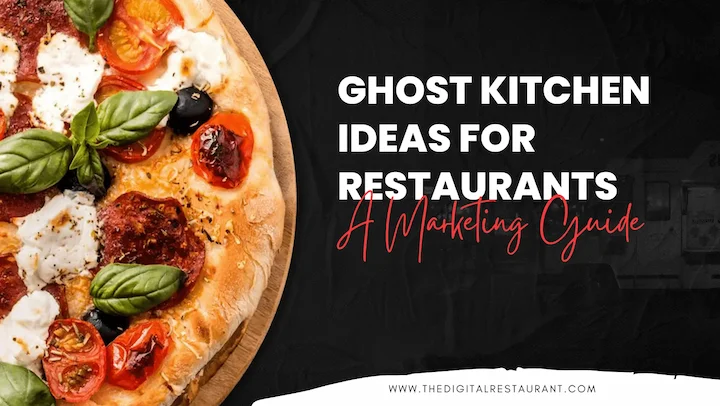
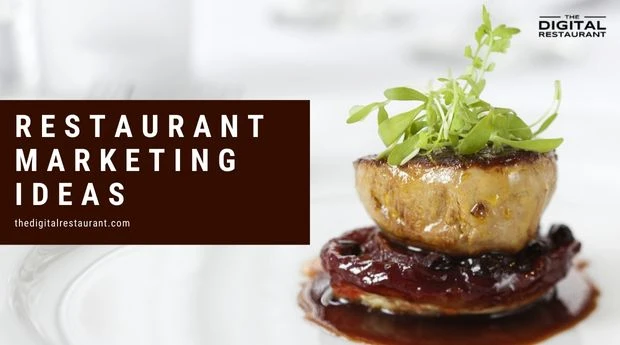
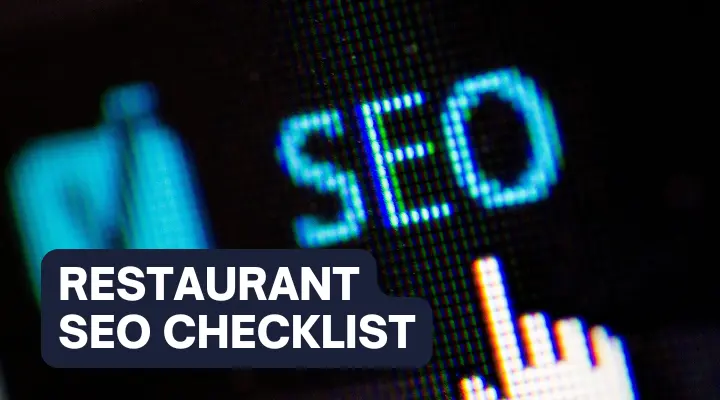
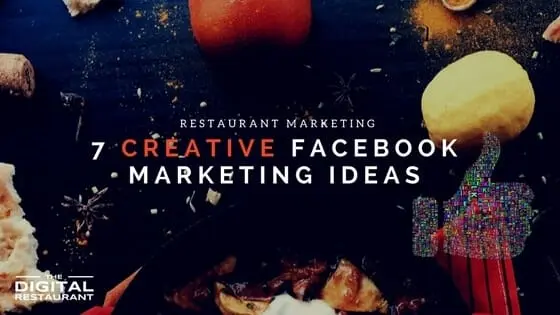
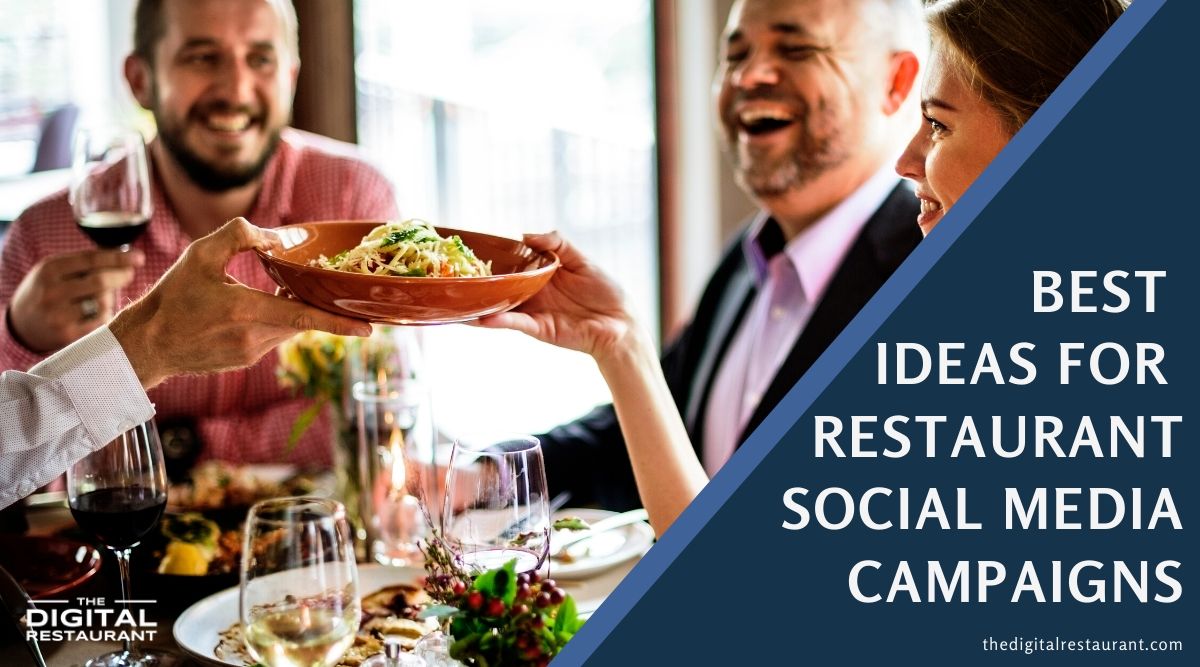
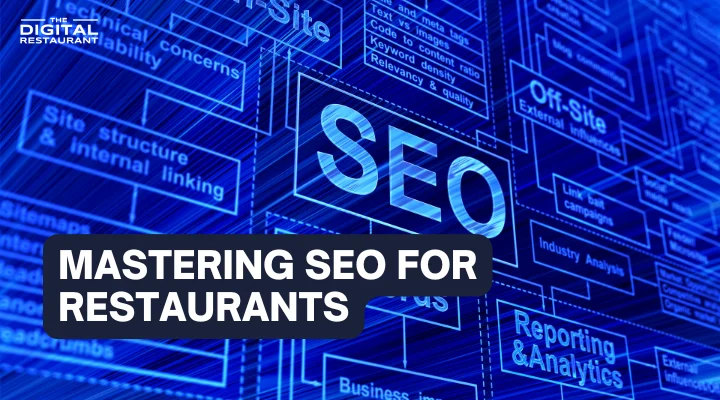
Leave a Reply